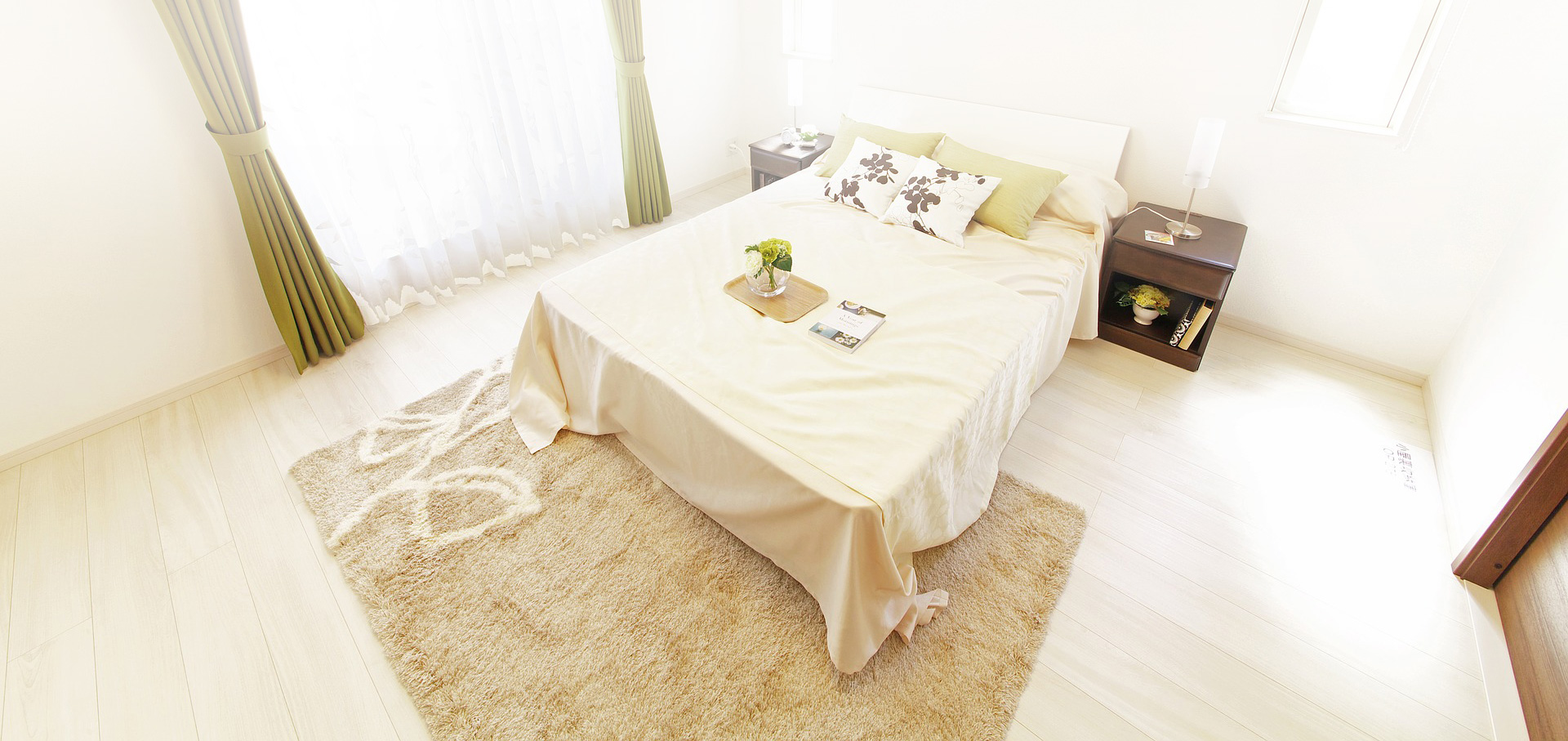
Historic windows
Windows are the most visible, yet most commonly underappreciated, components of older and historic homes and buildings.
In addition to adding beauty and character, original windows serve a great purpose-they connect the outside of the building to the inside and, as an integral part of the architecture, offer invaluable clues to a building's history.
Despite this value, however, historic windows often get the blame for a building's energy loss. Most often, people jump to replace their historic windows because a) companies promise that their replacement windows will save clients time and money, and b) it's promoted as the "green" thing to do. In fact, a thriving industry has grown around this perceived need to replace rather than restore.
Windows account for only 10-20% of energy loss in a typical building. That pales in comparison to the amount of lost energy through attics and roofs. Today's double-paned and triple-paned windows promise to retain more energy than the windows of yore; but here's the truth (forgive me if this gets slightly complicated; I just really think it's important to spell out):
Once a single-pane historic window is properly restored and weather stripped, it can exceed the 2012 International Energy Conservation Code (IECC) requirement of 0.2 CFM. Add a storm window into the mix and suddenly an old historic window can reach a performance of 0.05 CFM, which is nearly 4x more efficient than what the code requires.
Blaming windows for energy loss is just wrong, regardless of the type of home you live in. But for historic homes, this false claim is even more striking. And, it's just unfounded.
The best retrofit option for Phoenix may not be right for Chicago, given the difference in their heating and cooling needs. For example, in places like Chicago that rely more on heating, insulating cellular shades helped reduce heat loss (even more so if the window also had exterior storm windows).
Meanwhile, if you're in a place that relies more on cooling systems, like Phoenix, consider whether exterior shading, such as overhangs, trees, or nearby buildings, is present. If these elements are already shading the windows-or if windows are not oriented toward the sun-the windows will receive minimal or no cooling benefit from a retrofit.
In reality, historic windows can be the "greener" choice. Environmentally conscious historic homeowners can keep their historic windows and improve energy efficiency at the same time.
• When the entire life of the window is considered and embodied energy calculated, retaining and repairing historic windows is environmentally preferable to replacing them.
• Homeowners can make relatively simple repairs to increase old windows' energy efficiency, and storm-window systems can further improve energy efficiency while protecting and retaining the historic character of the home.
Beyond Energy Efficiency: Sustainability
Energy loss occurs in homes through many conduits: attics, basements, doors, even cracks in the walls. Windows account for only 10% for energy loss in a typical home, perhaps even less in North Carolina's mild climate, less than attics, floors and doors. Improvements in window efficiency, unless there are gaping holes, will only incrementally improve a home's overall energy efficiency.
Green principles include more than just energy efficiency. When evaluating historic windows, we should consider the environmental and financial consequences of the window's entire life cycle.
Owners of historic homes have many ways to improve energy efficiency and reduce their impact on the environment. Despite advertising claims, window replacement is not the best way to improve the efficiency of historic windows. Repairing, insulating and adding storm windows are economically viable options for conserving both historic and environmental resources.
Source: SavePlaces/WoodWindow